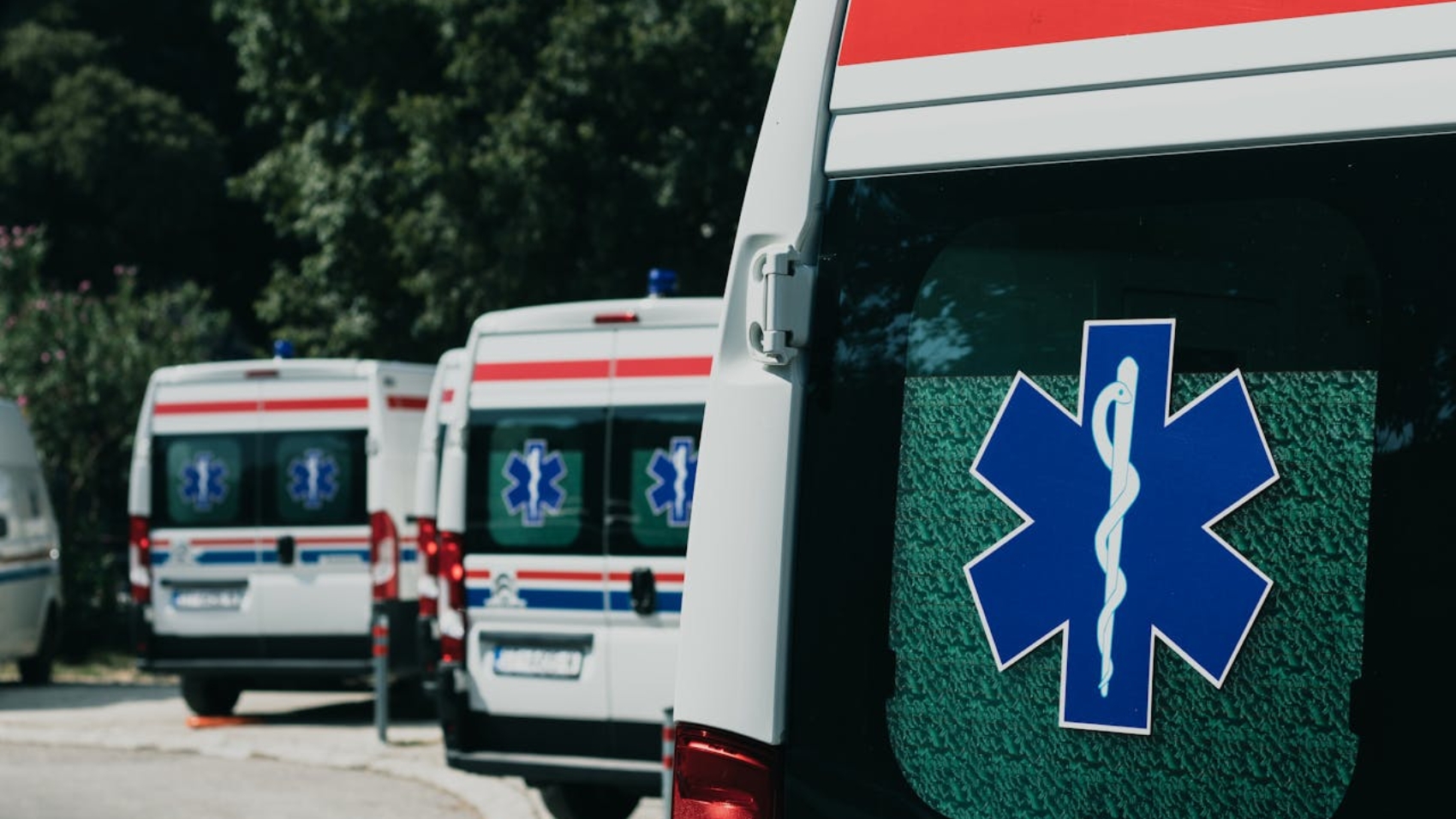When your heart stops beating and you stop breathing, emergency care begins with cardiopulmonary resuscitation (CPR). This life-saving technique combines chest compressions, artificial respiration, and defibrillation to restart the heart. But what happens if CPR alone isn’t enough? Advanced interventions may be required to stabilize the situation and improve survival chances.
When Basic Emergency CPR Isn’t Enough
While CPR is essential, it doesn’t always succeed on its own. In such cases, advanced cardiac life support (ACLS) steps in to provide additional care:
- Intubation and Ventilation: If breathing stops, a tube is placed in the airway and connected to a ventilator, ensuring oxygen delivery to the body.
- Intravenous Medications: Drugs may be administered to regulate blood pressure, restore heart rhythm, or support kidney and liver function.
- Comprehensive Monitoring: Doctors may perform blood tests, imaging scans, and even surgery to identify and treat the underlying cause of cardiac arrest.
These procedures, though extensive, are often necessary to save a life and give the patient the best chance of recovery.
Advanced Emergency Care vs. “Heroic Measures”
Many people perceive these interventions as “heroic measures,” but in the medical field, they are standard practice. Without them, survival rates would drop significantly. It’s crucial to understand that CPR alone may not suffice, as both the heart and lungs often need simultaneous support.
Making Informed Decisions About Emergency Care
Knowing your options and preferences for emergency care is vital. For example, some individuals might prefer CPR but decline intubation or ventilators. However, partial measures are typically ineffective. If the heart and lungs fail, ventilation is usually necessary to sustain life.
To ensure your wishes are honored, it’s important to:
- Discuss Your Preferences: Have open conversations with your healthcare provider about what would happen in the event of cardiac arrest.
- Understand Outcomes: Ask your doctor about survival rates and recovery scenarios based on your health.
- Document Your Wishes: Use legal documents, such as an advance directive or living will, to outline your preferences for emergency care.
The Role of Triage in Emergency Situations
In any medical emergency, including cardiac arrest, triage plays a critical role in prioritizing care. Emergency responders quickly assess the severity of your condition and allocate resources accordingly. This process ensures that you receive the appropriate interventions as soon as possible, increasing the likelihood of a positive outcome.
Taking the First Step of Emergency Care
Initiating conversations about emergency care can feel daunting, but it’s a crucial part of planning for the future. Start by asking your doctor:
- “What happens during CPR and advanced interventions?”
- “What can I expect in terms of recovery and quality of life?”
- “How can I ensure my preferences are followed?”
By having these discussions, you can gain clarity and peace of mind, knowing your care aligns with your values.
Final Thoughts of Emergency Care
CPR and advanced emergency care save countless lives each year. Understanding the process and preparing an triage plan ensures that you and your loved ones are ready for any situation. Don’t wait for an emergency—take proactive steps to protect your health and make your wishe

